Introduction
Mulberry tea, derived from the leaves of the mulberry tree (Morus alba), is an ancient beverage cherished for its unique flavor and myriad health benefits. This tea has been a staple in traditional Chinese medicine for centuries, attributed with properties that aid in digestion, boost the immune system, and promote overall well-being. While the taste of mulberry tea can vary depending on the region where the leaves are grown and the method of preparation, mastering the art of brewing mulberry tea can elevate your tea experience to new heights. In this comprehensive guide, we will explore the intricacies of mulberry tea brewing, from selecting the right leaves to perfecting your brewing technique, ensuring you enjoy every sip to its fullest potential.
Chapter 1: Understanding Mulberry Tea
1 The Mulberry Tree and Its Leaves
The mulberry tree, native to China, is a deciduous tree known for its edible fruits and medicinal leaves. The leaves, in particular, are rich in antioxidants, vitamins, and minerals, making them an excellent base for tea. The color of mulberry leaves can range from dark green to almost purple, depending on the variety and maturity. When selecting leaves for tea, it’s crucial to choose fresh, healthy leaves free from pests and diseases.
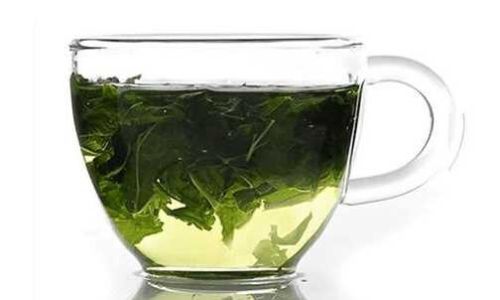
2 Health Benefits of Mulberry Tea
Mulberry tea boasts a range of health benefits that have been documented through centuries of use. Some of the most notable benefits include:
- Antioxidant Properties: Mulberry leaves are rich in antioxidants, which help combat oxidative stress and reduce the risk of chronic diseases.
- Blood Sugar Regulation: Studies suggest that mulberry tea may help lower blood sugar levels, making it beneficial for diabetics.
- Digestive Health: The fiber content in mulberry leaves promotes healthy digestion and can alleviate constipation.
- Immunity Boost: The vitamins and minerals in mulberry tea support the immune system, helping the body fight off infections.
- Skin Health: The antioxidants and anti-inflammatory properties can improve skin health and reduce signs of aging.
Chapter 2: Selecting the Right Mulberry Leaves
1 Identifying Quality Leaves
When selecting mulberry leaves for tea, look for the following qualities:
- Freshness: Opt for freshly picked leaves, as they retain more of their natural flavors and nutrients.
- Color: Dark green to purple leaves are generally more nutrient-dense.
- Texture: Leaves should be firm and not overly brittle.
- Pest-Free: Ensure the leaves are free from pests, mold, or other contaminants.
2 Harvesting Techniques
If you have access to mulberry trees, harvesting your own leaves can be a rewarding experience. Here are some tips for successful harvesting:
- Timing: Harvest leaves in the morning, when they are at their freshest.
- Pruning: Prune the tree lightly to encourage new growth, focusing on younger leaves as they are more tender and flavorful.
- Storage: Store harvested leaves in an airtight container in a cool, dark place until you’re ready to brew.
Chapter 3: Preparing Your Brewing Equipment
1 Choosing the Right Teapot
The type of teapot you use can significantly impact the taste of your mulberry tea. Here are some recommendations:
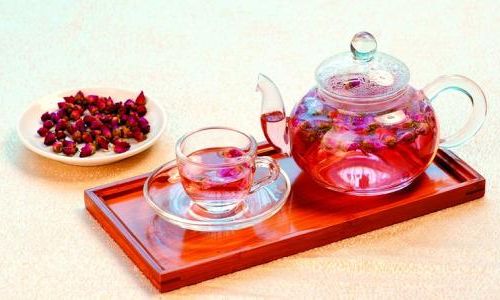
- Ceramic or Porcelain: These materials retain heat well and do not alter the flavor of the tea.
- Glass: Ideal for observing the color and clarity of the tea as it brews.
- Stainless Steel: Durable and suitable for those who prefer a modern aesthetic.
Avoid using teapots made of aluminum or reactive metals, as they can alter the taste of the tea.
2 Other Essential Equipment
In addition to a teapot, you’ll need the following equipment:
- Tea Strainer or Infuser: This keeps the leaves from entering your cup.
- Kettle: A good-quality kettle with temperature control is essential for precise water heating.
- Measuring Spoons: For accurate measurement of leaves and any additives.
- Tea Towels: To keep your workspace clean and dry.
Chapter 4: The Art of Water Selection
1 The Importance of Water Quality
Water is the foundation of any good tea, and mulberry tea is no exception. Here are some tips for selecting the right water:
- Purity: Use filtered or bottled water to avoid impurities that can affect taste.
- Mineral Content: Water with a moderate mineral content (around 80-150 ppm) tends to enhance tea flavors.
- Temperature: The ideal water temperature for mulberry tea is between 170-185°F (77-85°C). This range helps extract the flavors and nutrients without scorching the leaves.
2 Heating Water
When heating water, use a kettle with temperature control to ensure precision. Bring the water to the desired temperature and then let it sit for a moment to stabilize before pouring it over the leaves.
Chapter 5: The Mulberry Tea Brewing Process
1 Measuring the Leaves
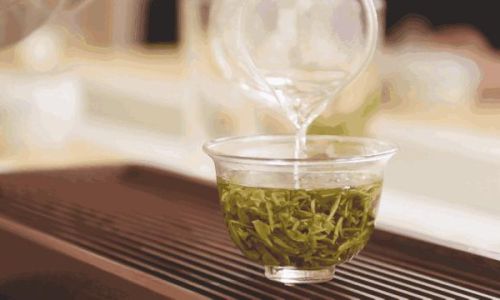
The amount of mulberry leaves you use will depend on your personal preference and the strength of the tea you desire. As a general guideline:
- For a Mild Tea: Use about 1 teaspoon of leaves per 6-8 ounces of water.
- For a Strong Tea: Increase to 1.5-2 teaspoons of leaves per 6-8 ounces of water.
2 Pre-Warming the Teapot
Before adding the leaves, pre-warm your teapot by pouring a small amount of hot water into it and swirling it around. This helps maintain the temperature during brewing.
3 Adding the Leaves
Place the measured mulberry leaves into the teapot. If using a tea strainer or infuser, place the leaves inside it first.
4 Pouring the Water
Pour the hot water over the leaves, ensuring they are fully submerged. Allow the tea to steep for 3-5 minutes. The longer you steep, the stronger the tea will be.
5 Steeping Time
The steeping time is crucial for extracting the right balance of flavors and nutrients. Here are some guidelines:
- 3 Minutes: For a light and refreshing tea.
- 4-5 Minutes: For a full-bodied and flavorful tea.
- Beyond 5 Minutes: For a very strong and intense tea, suitable for those who prefer bold flavors.
6 Tasting and Adjusting

After the initial steeping period, taste the tea. If it’s too weak, you can let it steep for an additional minute or two. If it’s too strong, you can add a bit more hot water to dilute it.
Chapter 6: Adding Flavor and Enhancements
1 Natural Sweeteners
Mulberry tea has a naturally earthy and slightly sweet flavor, but you can enhance it with natural sweeteners like:
- Honey: Adds a touch of sweetness and its own unique flavor profile.
- Agave Syrup: A vegan-friendly option with a mild sweetness.
- Stevia: A calorie-free sweetener that’s perfect for those watching their sugar intake.
2 Herbs and Spices
Adding herbs and spices can create unique and delightful tea blends. Some popular additions include:
- Ginger: Provides a warm and spicy kick.
- Lemon: Adds a refreshing citrus note.
- Mint: Creates a cooling and soothing effect.
- Cinnamon: Offers a warm and aromatic flavor.
3 Milk and Non-Dairy Alternatives
While traditional mulberry tea is enjoyed without milk, some prefer to add a splash of:
- Cow’s Milk: Adds creaminess and richness.
- Almond Milk: A vegan and dairy-free option.
- Soy Milk: Another vegan alternative with a subtle nutty flavor.
Chapter 7: Serving and Enjoying Your Mulberry Tea
1 Pouring the Tea
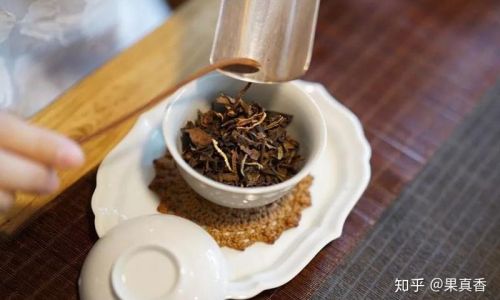
Once the tea is brewed to your liking, pour it into teacups. If you’re using a tea strainer or infuser, remove it before pouring.
2 Serving Accessories
Enhance your tea-drinking experience with these serving accessories:
- Tea Saucers: Protect your table from drips and spills.
- Tea Spoons: For stirring in sweeteners or milk.
- Tea Cozy: Keeps the teapot warm during extended serving periods.
3 Creating a Tea Ritual
Making tea can be more than just a beverage; it can be a mindful and relaxing ritual. Consider setting aside a specific time each day to brew and enjoy your mulberry tea, perhaps pairing it with a favorite book or a quiet meditation session.
Conclusion
Mastering the art of brewing mulberry tea is a rewarding endeavor that not only enhances your taste buds but also nurtures your body and mind. By understanding the nuances of leaf selection

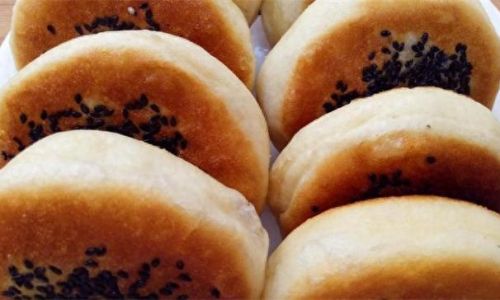

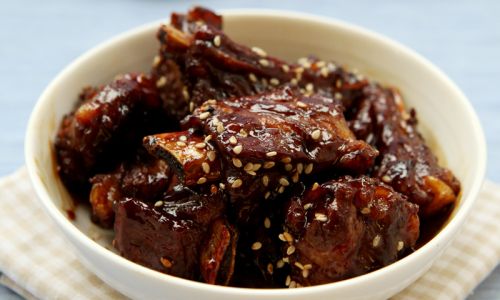
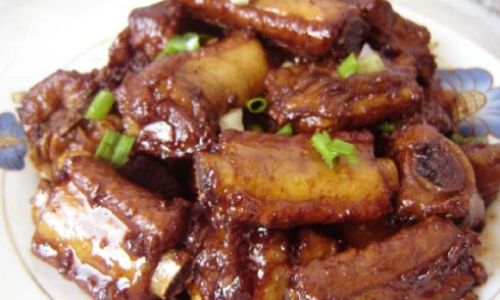

0 comments